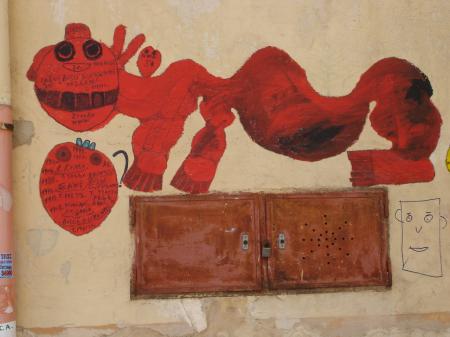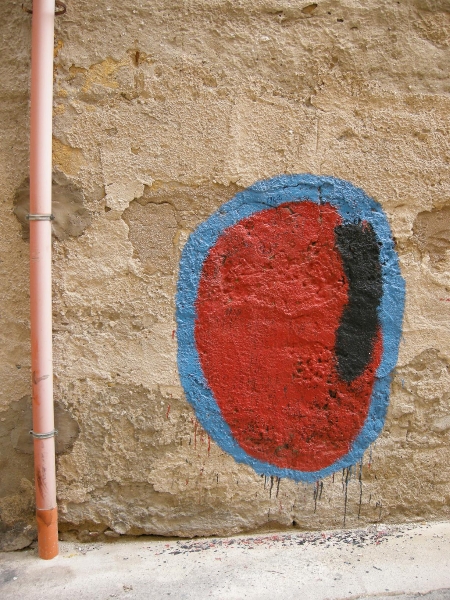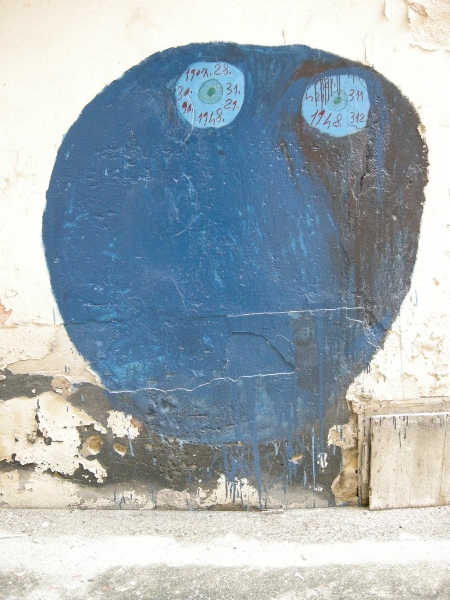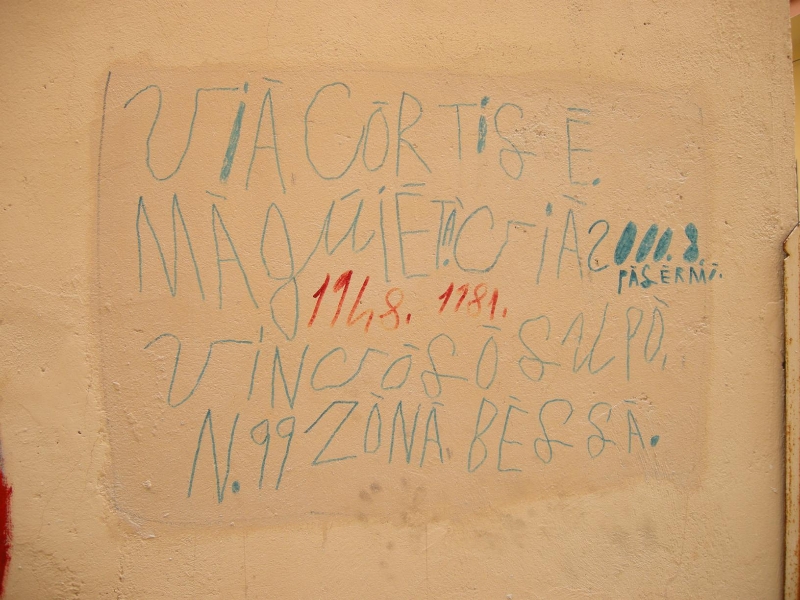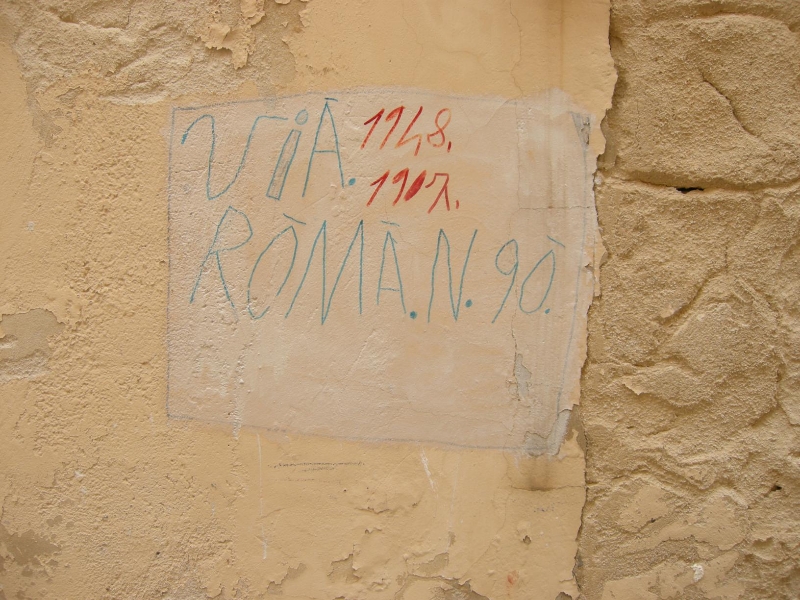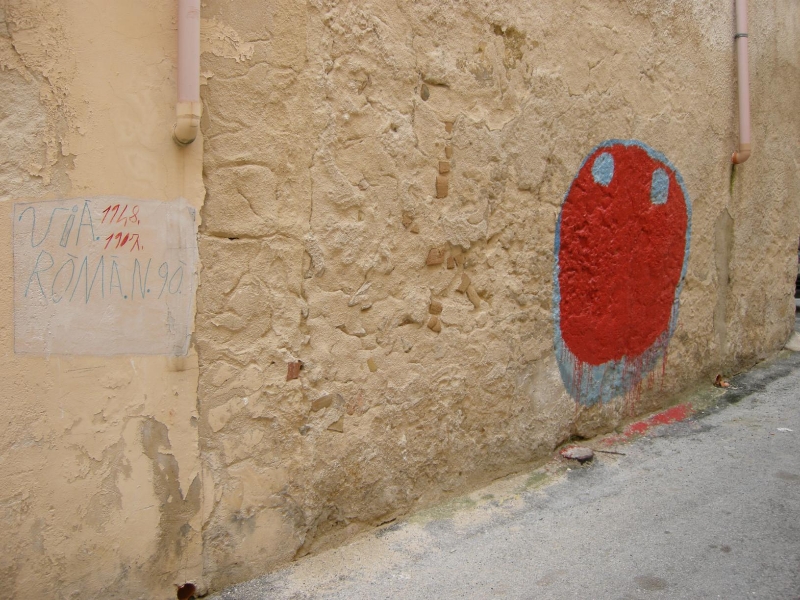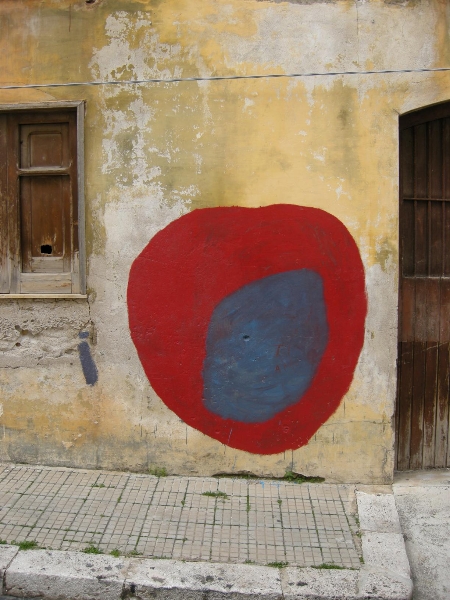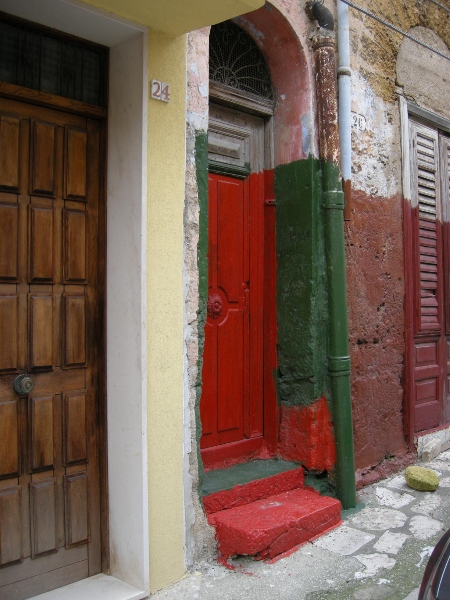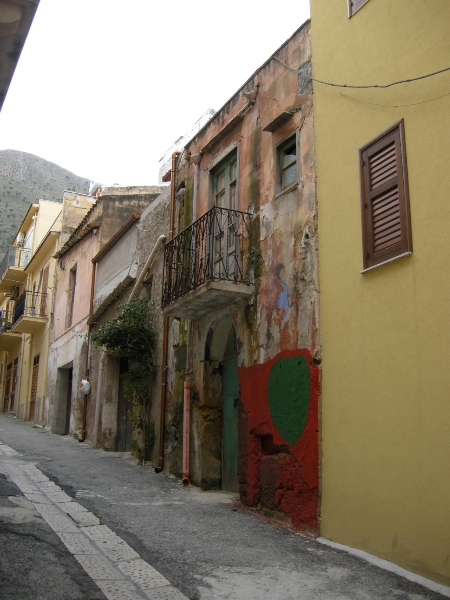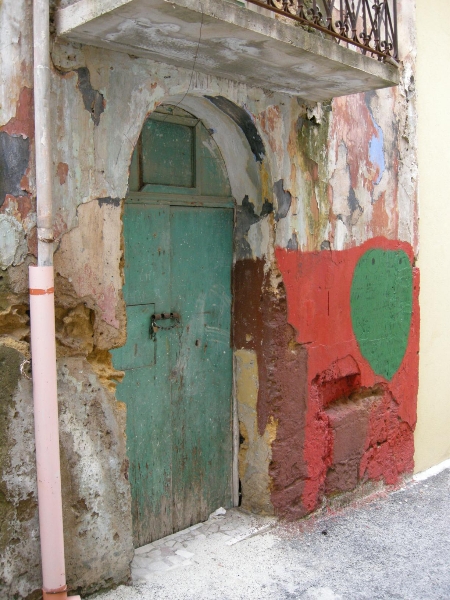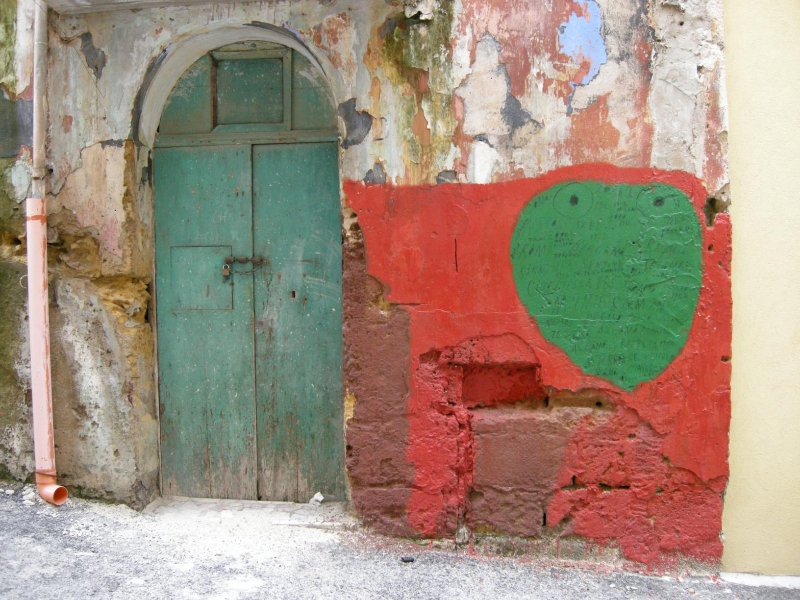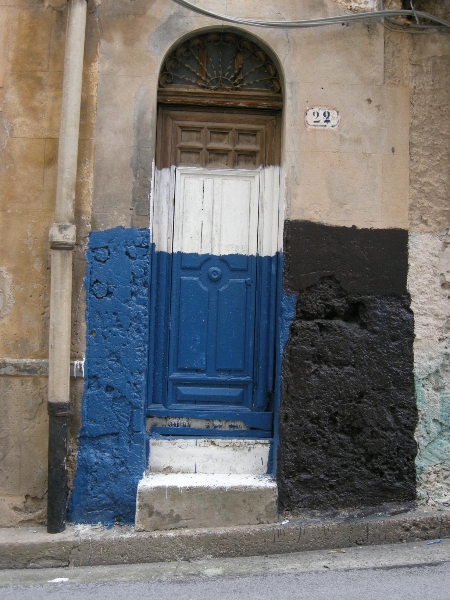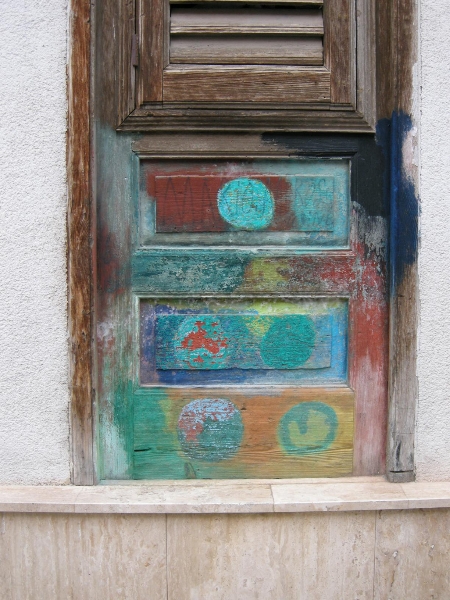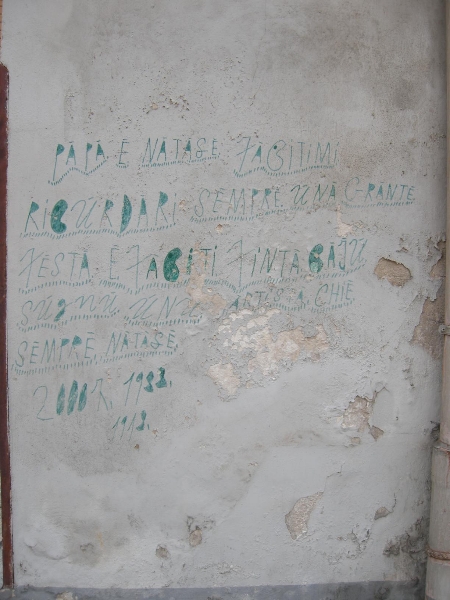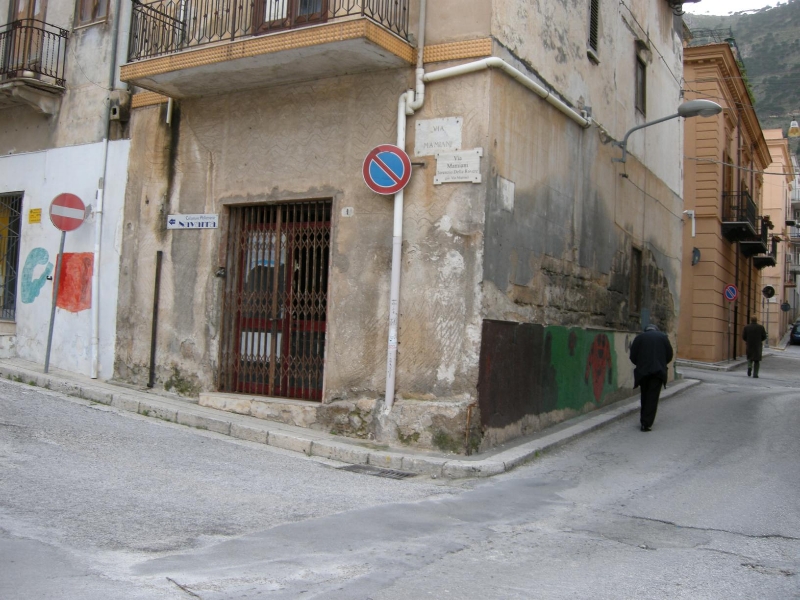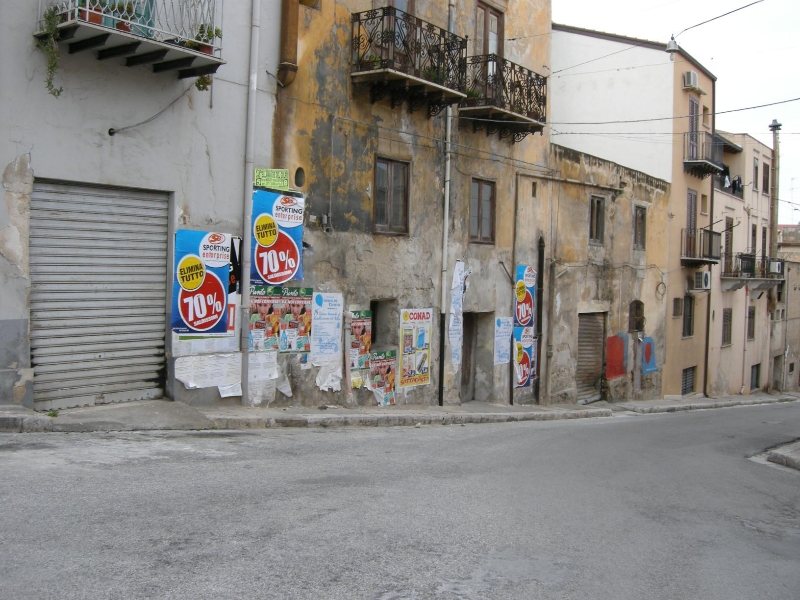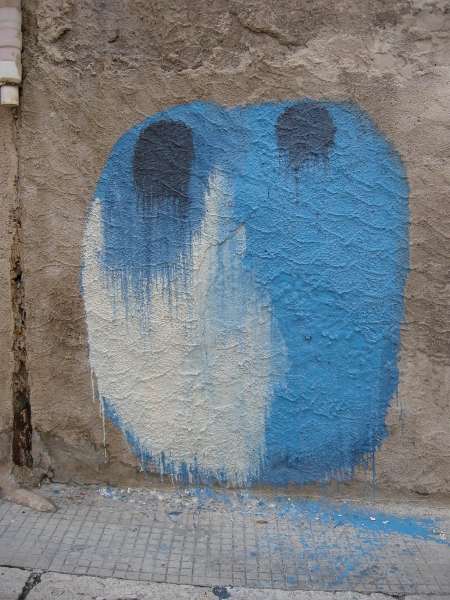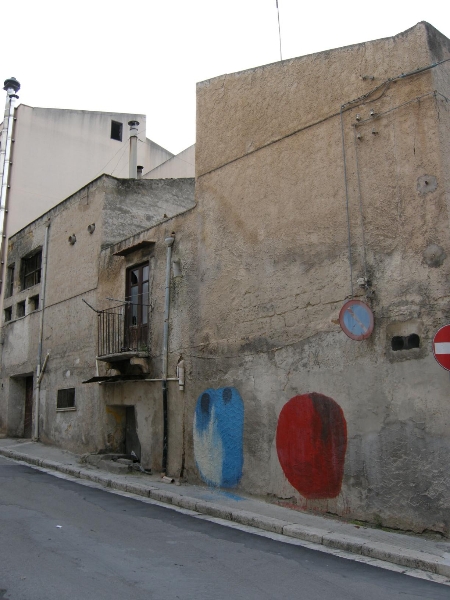Giovanni BoscoGiovanni Bosco
 Giovanni Bosco (3 marzo 1948 – 1 aprile 2009) è nato ed ha vissuto a Castellammare del Golfo. La provincia di Trapani, la cui topografia ricorre nei nomi elencati nelle sue opere, ha rappresentato il suo mondo, mentre la sua prima scuola di vita è stata la dura realtà della pastorizia siciliana negli anni ‘50. Dopo i primi due anni di scuola elementare, trascorre l’infanzia lavorando come pastore con il padre, di cui resterà presto orfano. In seguito fa il manovale nelle cave di marmo di Custonaci. Condannato per un furto di pecore, trascorre due anni in carcere e un periodo al confino, dove apprende per caso che due suoi giovanissimi fratelli sono stati assassinati. La notizia gli procura un crollo psichico e viene ricoverato in un ospedale psichiatrico, dove si suppone gli sia stato praticato l’elettroshock. Tornato al suo paese dove vive in una povera stanza senza servizi né acqua, inizia una vita di solitudine e disagio, con la sola compagnia di interlocutori immaginari. Alcuni anni fa, inizia a disegnare e scrivere per strada e sui muri; ai disegni affianca presto una pittura compulsiva anche su carta e altri supporti di fortuna come legni e cartoni da imballaggio, tracciando e colorando le sue figure con i pennarelli. Disegno e pittura diventano così per lui un’occupazione totalizzante e necessaria: la sua stanza si riempie di opere, spesso distrutte per far posto alle successive. La sua arte viene ‘scoperta’ recentemente dal fotografo Boris Piot e dal collettivo francese Animula Vagula, incoraggiata dall’Osservatorio Outsider Art dell’Università di Palermo e dalla Collection de l’Art Brut di Losanna, che acquista alcune opere. Bosco si ammala gravemente, spegnendosi proprio nel momento in cui stava maturando l’interesse internazionale attorno alla sua opera.
Giovanni Bosco (3 marzo 1948 – 1 aprile 2009) è nato ed ha vissuto a Castellammare del Golfo. La provincia di Trapani, la cui topografia ricorre nei nomi elencati nelle sue opere, ha rappresentato il suo mondo, mentre la sua prima scuola di vita è stata la dura realtà della pastorizia siciliana negli anni ‘50. Dopo i primi due anni di scuola elementare, trascorre l’infanzia lavorando come pastore con il padre, di cui resterà presto orfano. In seguito fa il manovale nelle cave di marmo di Custonaci. Condannato per un furto di pecore, trascorre due anni in carcere e un periodo al confino, dove apprende per caso che due suoi giovanissimi fratelli sono stati assassinati. La notizia gli procura un crollo psichico e viene ricoverato in un ospedale psichiatrico, dove si suppone gli sia stato praticato l’elettroshock. Tornato al suo paese dove vive in una povera stanza senza servizi né acqua, inizia una vita di solitudine e disagio, con la sola compagnia di interlocutori immaginari. Alcuni anni fa, inizia a disegnare e scrivere per strada e sui muri; ai disegni affianca presto una pittura compulsiva anche su carta e altri supporti di fortuna come legni e cartoni da imballaggio, tracciando e colorando le sue figure con i pennarelli. Disegno e pittura diventano così per lui un’occupazione totalizzante e necessaria: la sua stanza si riempie di opere, spesso distrutte per far posto alle successive. La sua arte viene ‘scoperta’ recentemente dal fotografo Boris Piot e dal collettivo francese Animula Vagula, incoraggiata dall’Osservatorio Outsider Art dell’Università di Palermo e dalla Collection de l’Art Brut di Losanna, che acquista alcune opere. Bosco si ammala gravemente, spegnendosi proprio nel momento in cui stava maturando l’interesse internazionale attorno alla sua opera.
Giovanni Bosco (March 3, 1948 – April 1, 2009) was born in Castellammare del Golfo, where he spent his whole life. The province of Trapani (whose topography is frequently recalled by the names mentioned in his works) was his entire world. He learnt his first lessons of life from the hardships of sheep farming in Sicily in the ‘50s. After two years at the primary school, he spent his childhood working as a shepherd, with his father. But he lost him pretty soon. Subsequently he worked as a labourer at the marble cave in Custonaci. He was sentenced to two years in prison and a period of exile, due to the theft of some sheep. During the exile he learnt his two brothers had been killed. The news caused him a psychic breakdown. He was admitted to a psychiatric hospital, where he supposedly underwent electro-shock therapy. Once having returned to his home village, he lived in a spare room, with no toilet or water. He started a lonely and deprived life, with only the company of imaginary interlocutors. He began to draw and write in the streets and on the walls. A compulsive impulse to painting soon joined, urging him to paint on paper or any other makeshift material, such as wood, cardboards… drawing lines and colouring his figures with felt-tip pens. Drawing and painting became all-encompassing and necessary activities for him: he filled his rooms with his works, often destroying old ones to make room for the newest.  His art was discovered by the photographer Boris Piot and the French collective Animula Vagula, supported by the Osservatorio Outsider Art of the University of Palermo and the Collection de l’Art Brut of Lausanne, which had acquired some of his works. Bosco fell seriously ill and passed away just at the time when his works began to arouse international interest.
His art was discovered by the photographer Boris Piot and the French collective Animula Vagula, supported by the Osservatorio Outsider Art of the University of Palermo and the Collection de l’Art Brut of Lausanne, which had acquired some of his works. Bosco fell seriously ill and passed away just at the time when his works began to arouse international interest.

